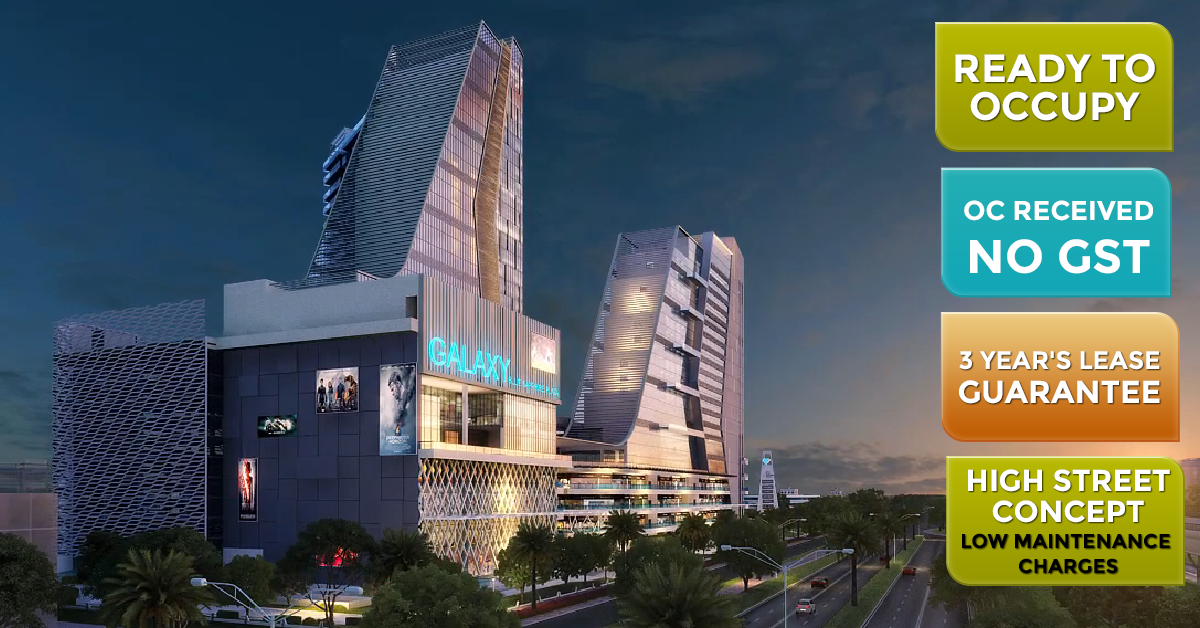Not only this, many feel historic galaxy blue sapphire plaza Noida Extension also add a feeling of quality to our towns, villages and countryside as they are a staple piece of history.
There are a number of ways we can protect heritage assets to ensure they are passed onto future generations for their enjoyment. One way is by legal protection through national designation: all assets which have this appear on the National Heritage List for England.
In England, the English Heritage Association is designated to assess the building in order to accept an application for a building to become listed. However The Minister has overpowering discretion to whether to accept or reject an application.
What are the guidelines?
Over the past 50 years the criteria has changed dramatically, with the list being very strict in the Victorian era, however, despite the post war developments, many buildings have managed to survive from that era, more so than any other periods of time. The guidelines state that a building must have:
• Architectural interest: buildings of importance because of their examples of design, decoration and craftsmanship
• Historic interest: buildings which illustrate an aspect of the nation’s social, economic, cultural or military history
• Craftsmanship: They could be an early example of a specific building type with a pioneering form of construction
• Group value: buildings that form part of an architectural ensemble, such as squares, terraces or model villages
• Historic association: buildings that demonstrate close historical association with nationally important people or events
Don’t panic if you can’t relate any of these to your property. In broad terms, buildings that are eligible for listed status are broken down more easily into these categories:
• All buildings that are built before 1700 that survive in anything like their original condition, not necessarily faultless
• It includes most buildings built between the era of 1700-1840, although selection is necessary
• Properties constructed between 1840 and 1914, but only if the building in question is of definite quality and character; the selection is intended to include the major works of all principal architects
• Anything that is constructed between 1914 and 1939 as they select buildings of high quality or historic interest
• However, there are a very limited number of exceptional buildings built after 1939 that make it onto the list, although they tend to be at least ten years old, and in most cases more than 30 years old
What’s your grade?
Now the terms of grading are often thrown around by those who own these properties.
A Grade I buildings are of exceptional interest, often considered to be the most globally important as there are only 2.5% of all listed buildings, making them rare and exclusive. An example is St Mary Redcliffe Church in Bristol which attracts thousands of visitors a year to her pews in order for people to see the intricate architecture.
The difference between that and a Grade II* is very little, however, these building are of particular importance and are more than a special interest. This comprises of just over 5.5% of all listed buildings; Hammersmith Bridge, London was declared a Grade II*.
Finally a Grade II is the most commonly found type of listing as it accounts for 92% of all listed buildings, these are nationally important and are of special interest, with it most likely being a grade of listing for a home owner; Radar Training Station, Lancs, is well known for being Grade II listed.
How does it affect what I can do to my building?
This is what puts many people off buying a listed property; Chinese whispers have made it so that you are unable to do anything to a building once listed, this is not true! By listing a building it is an identification of the building that it should be marked and celebrated for having exceptional architecture, this is not to freeze the building in time, but simply that you must apply for planning consent in order to make any changes to that building which may affect its special interest. Listed buildings can and are altered, extended and sometimes even demolished; this means your local authority will make the decision regarding your proposal. Generally the external appearance of the building must be preserved using original materials. Sash windows for example, with their wonderful sash weight mechanism, must be replaced with timber sashes that contain no plastic elements.
